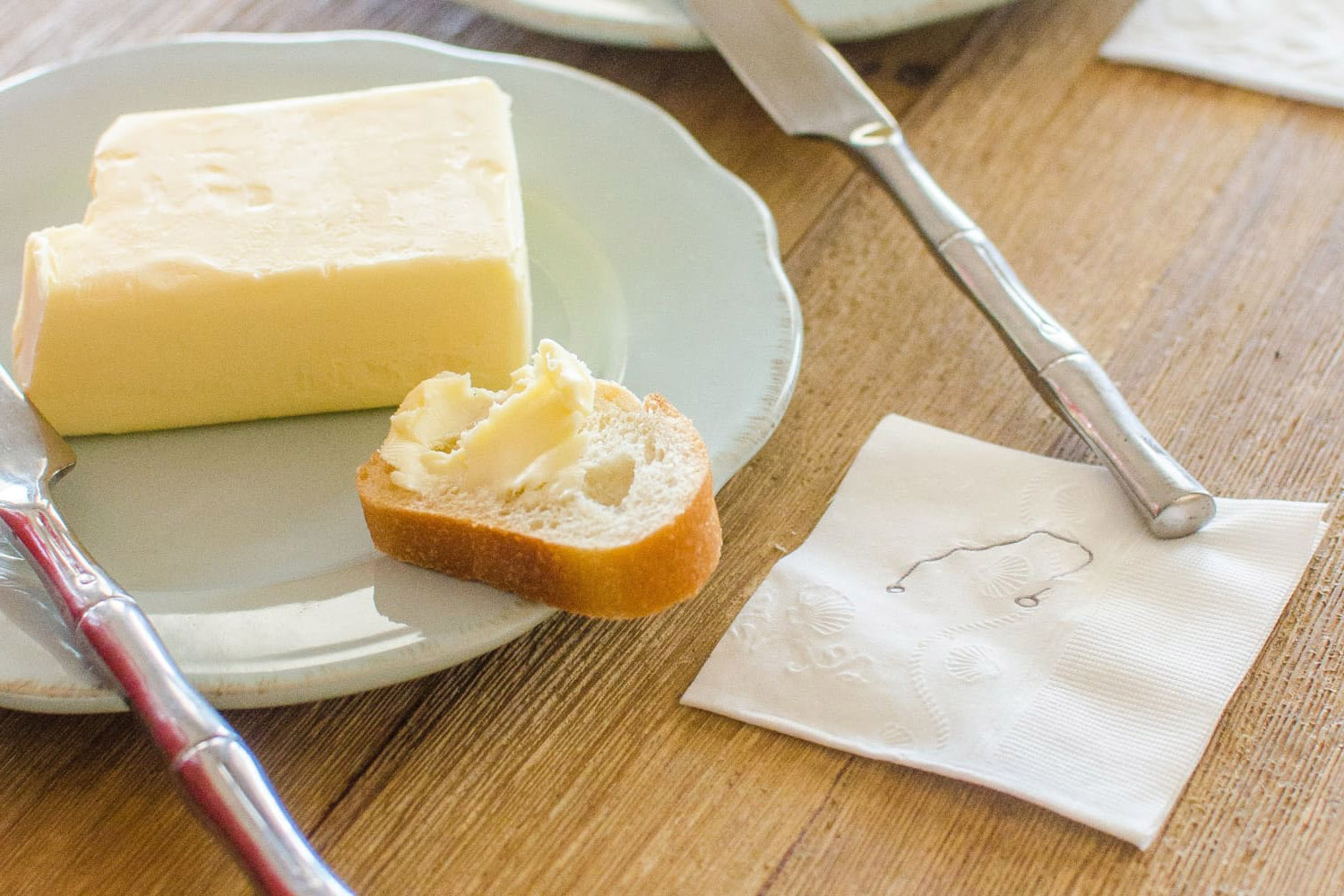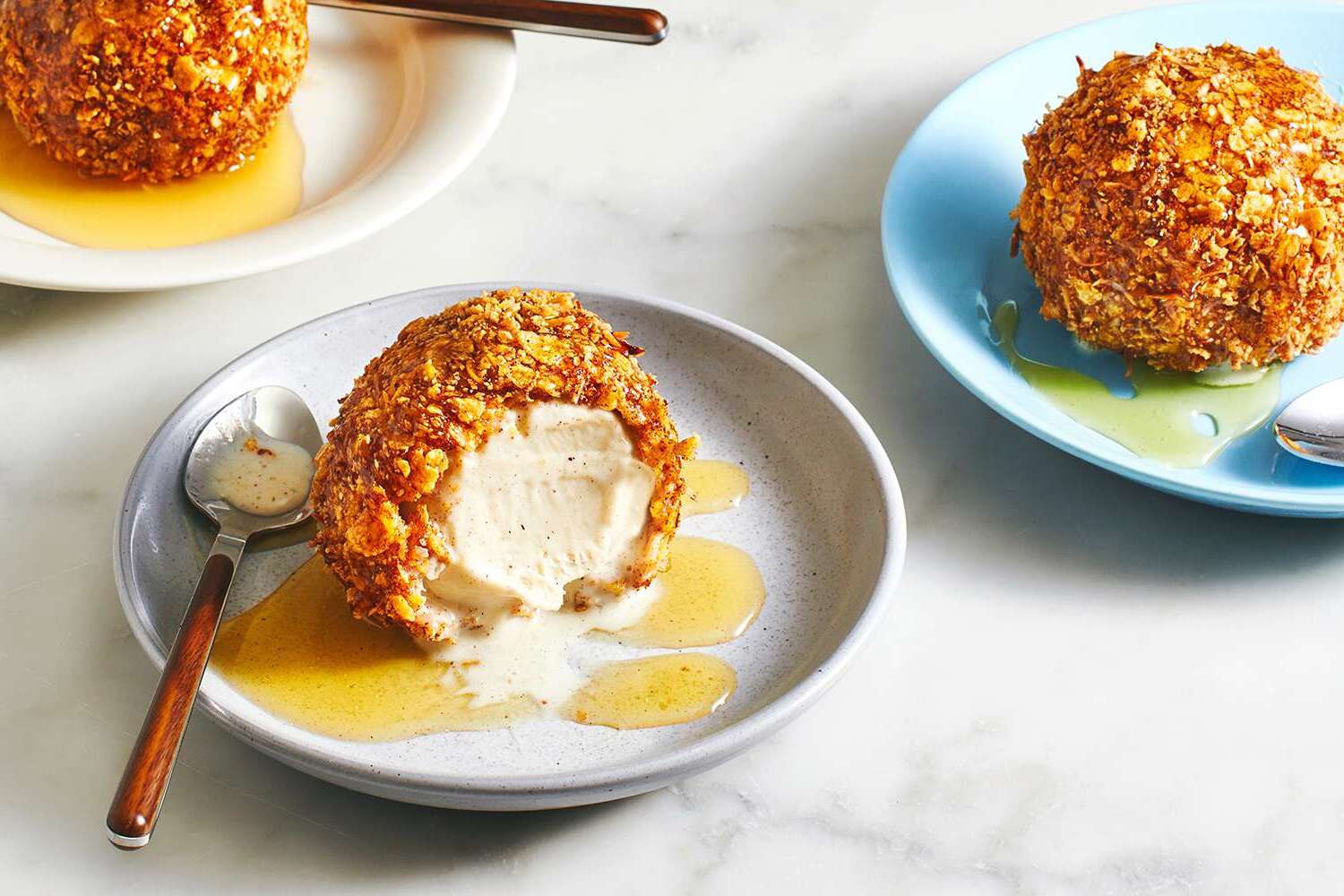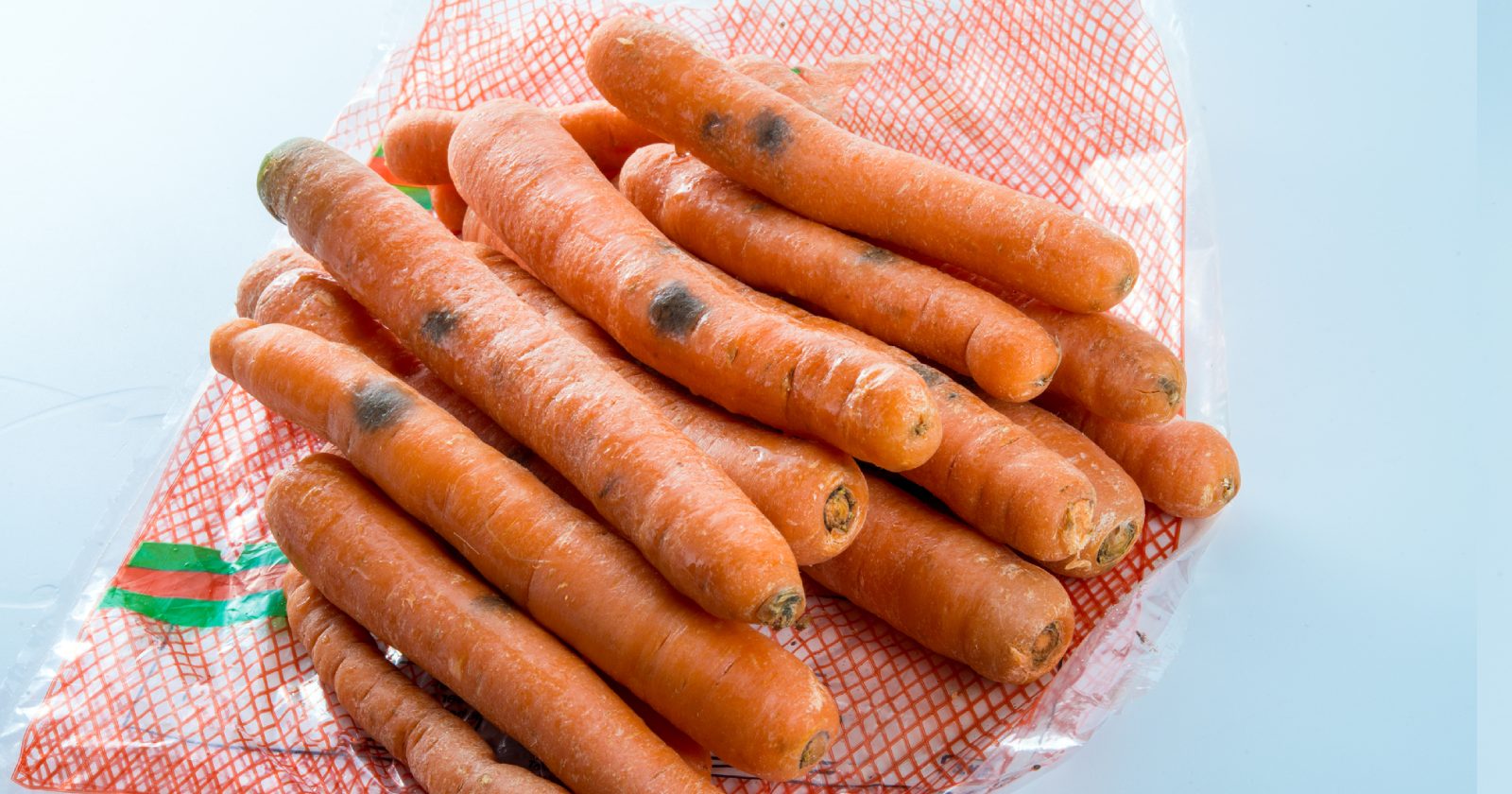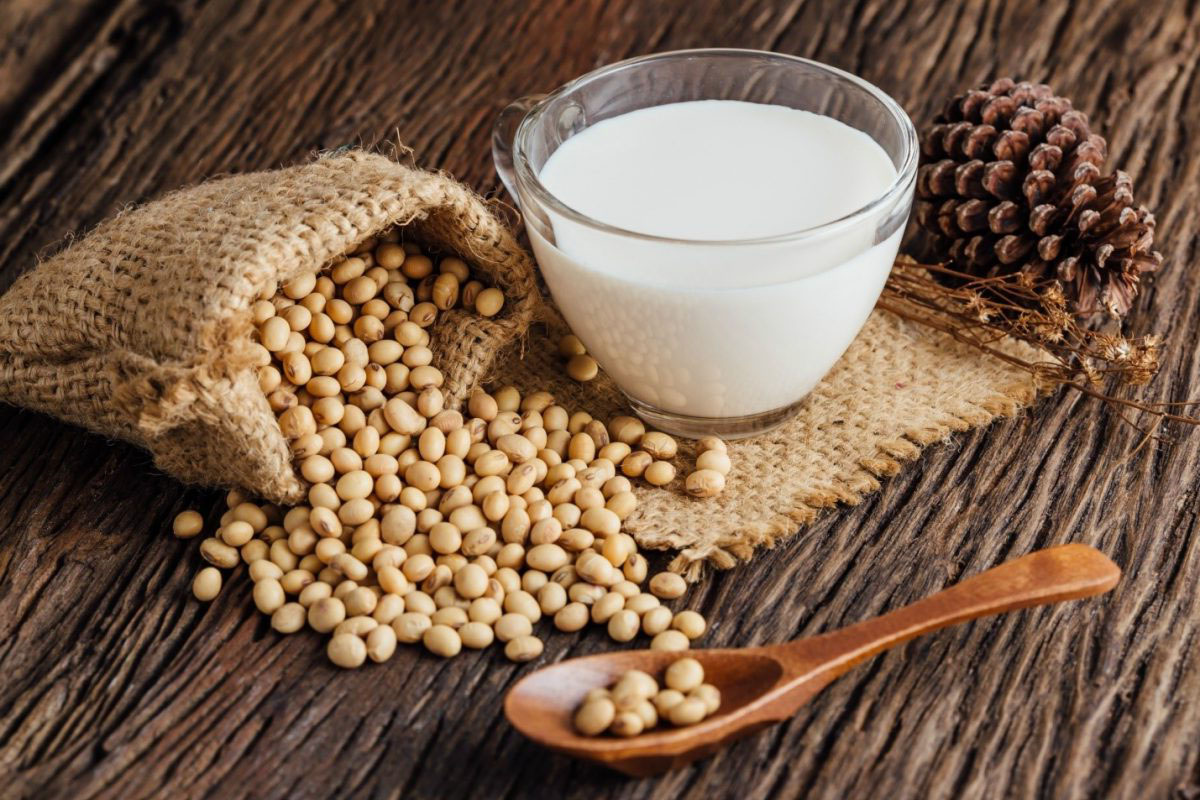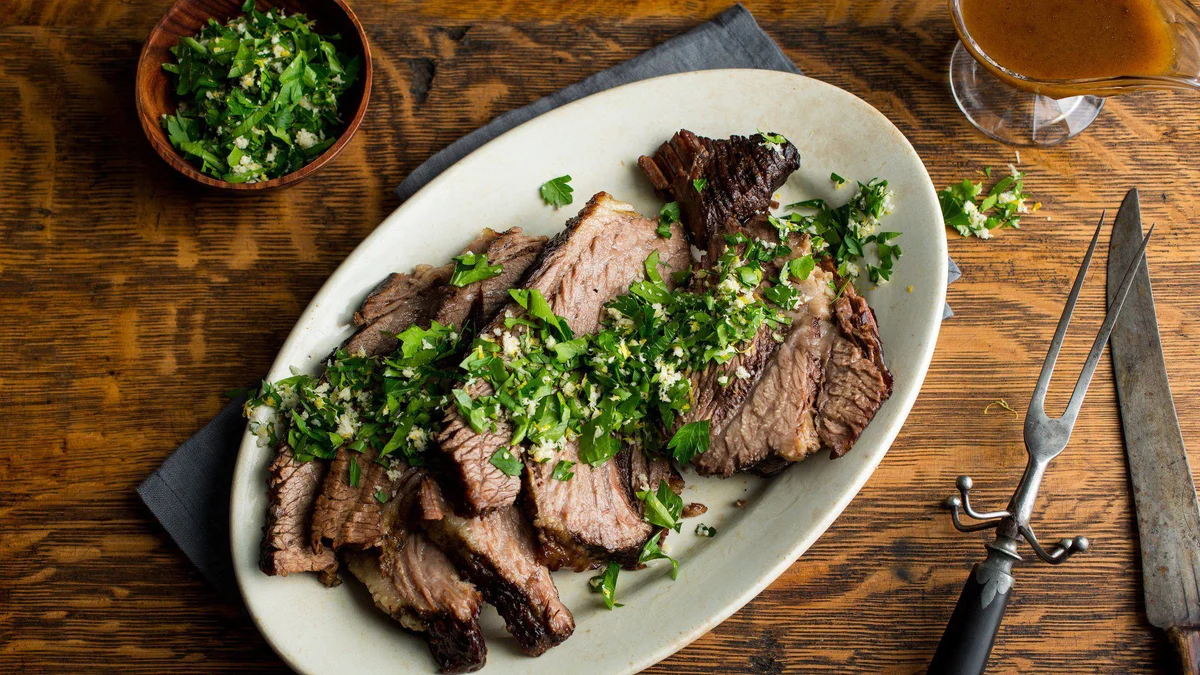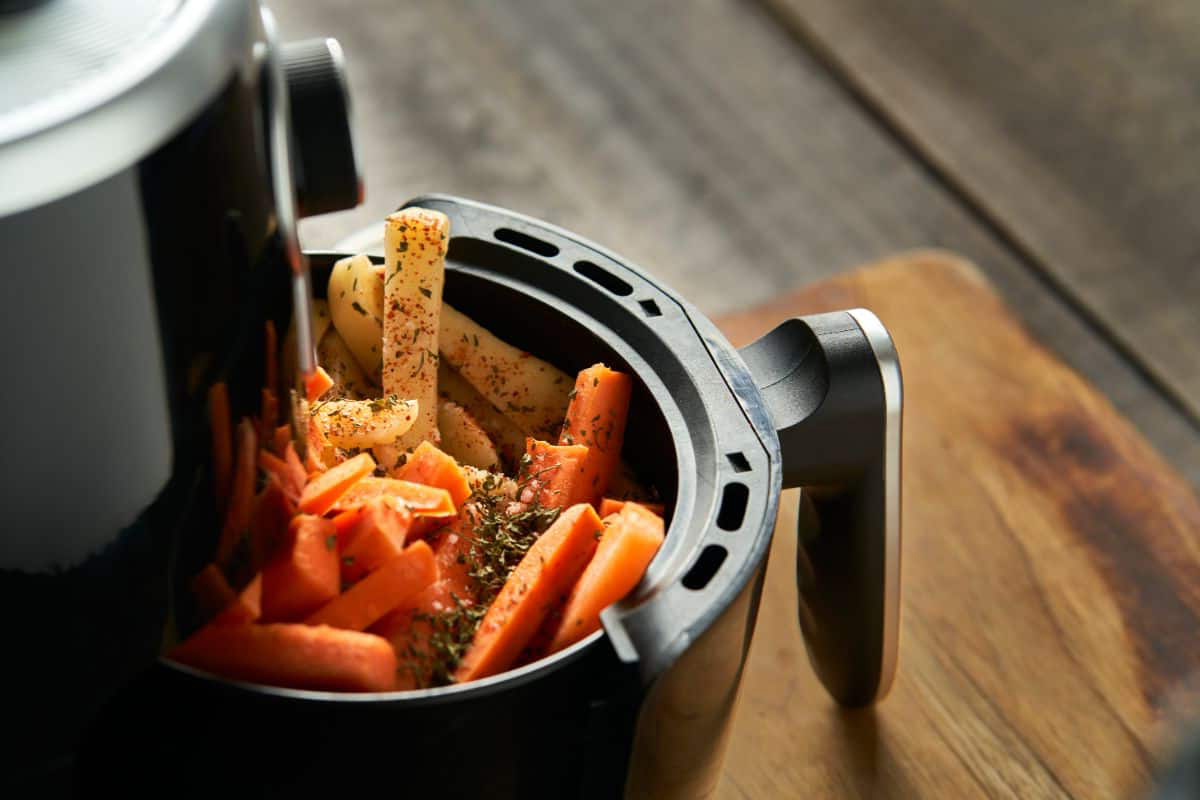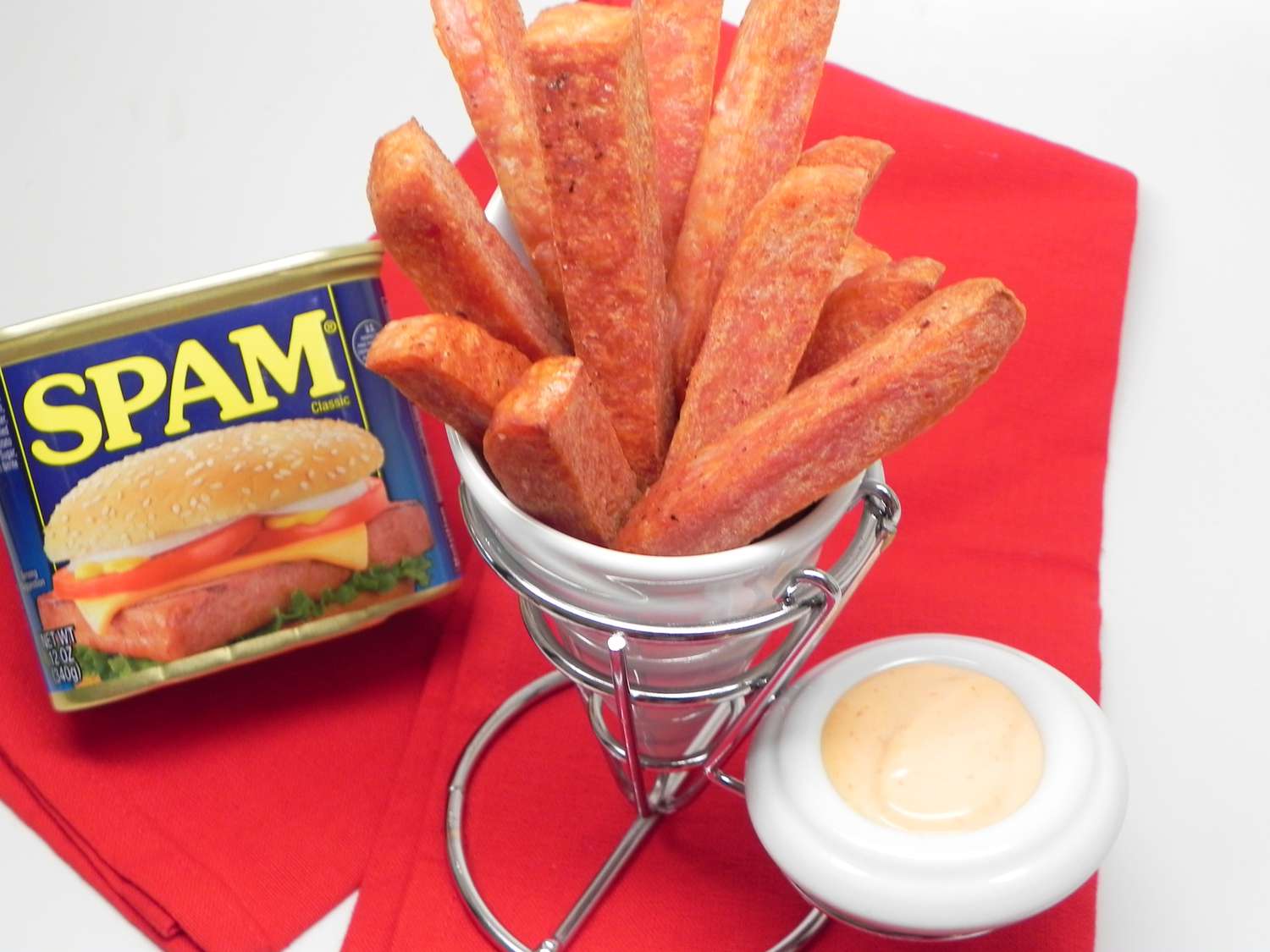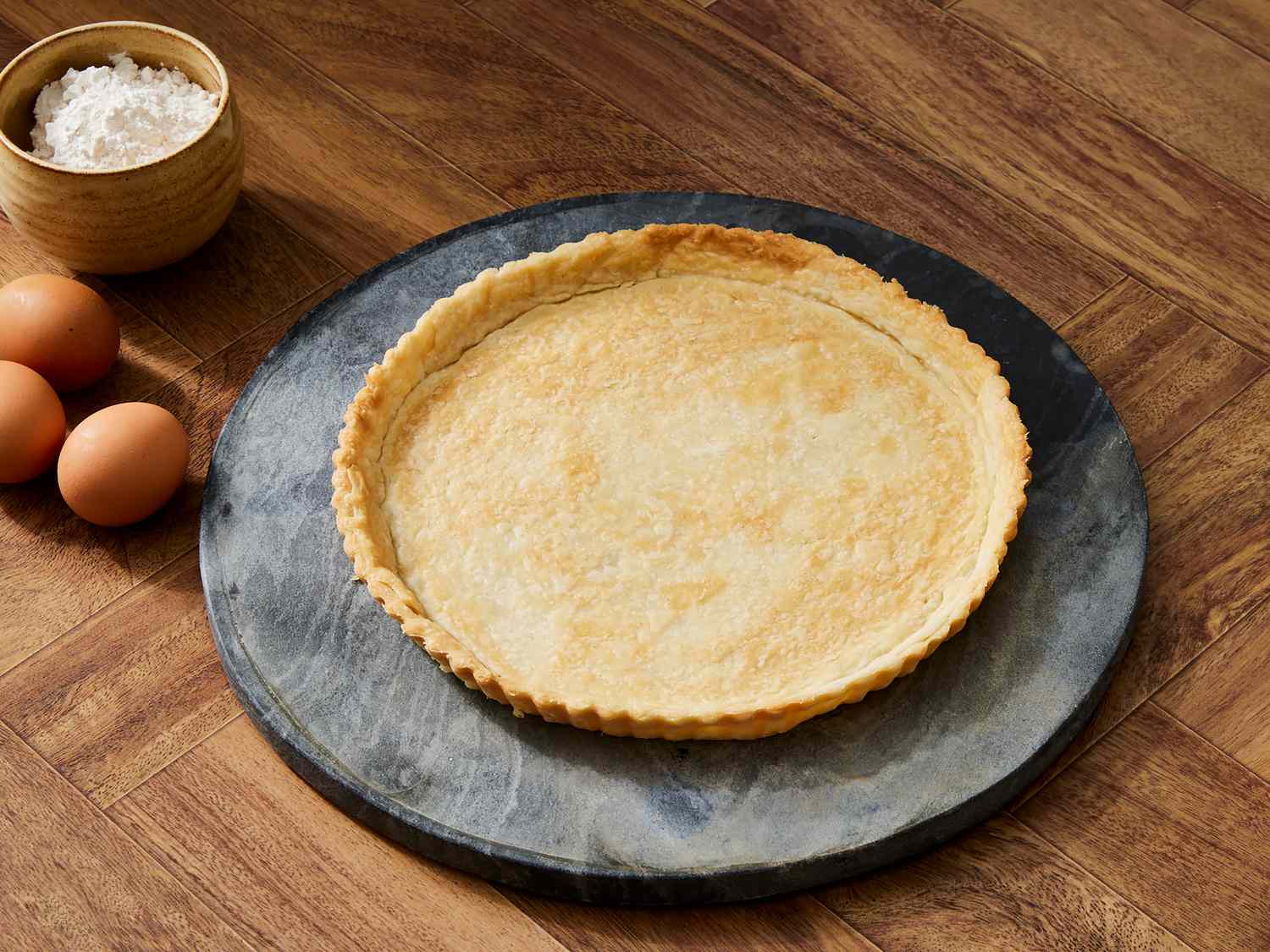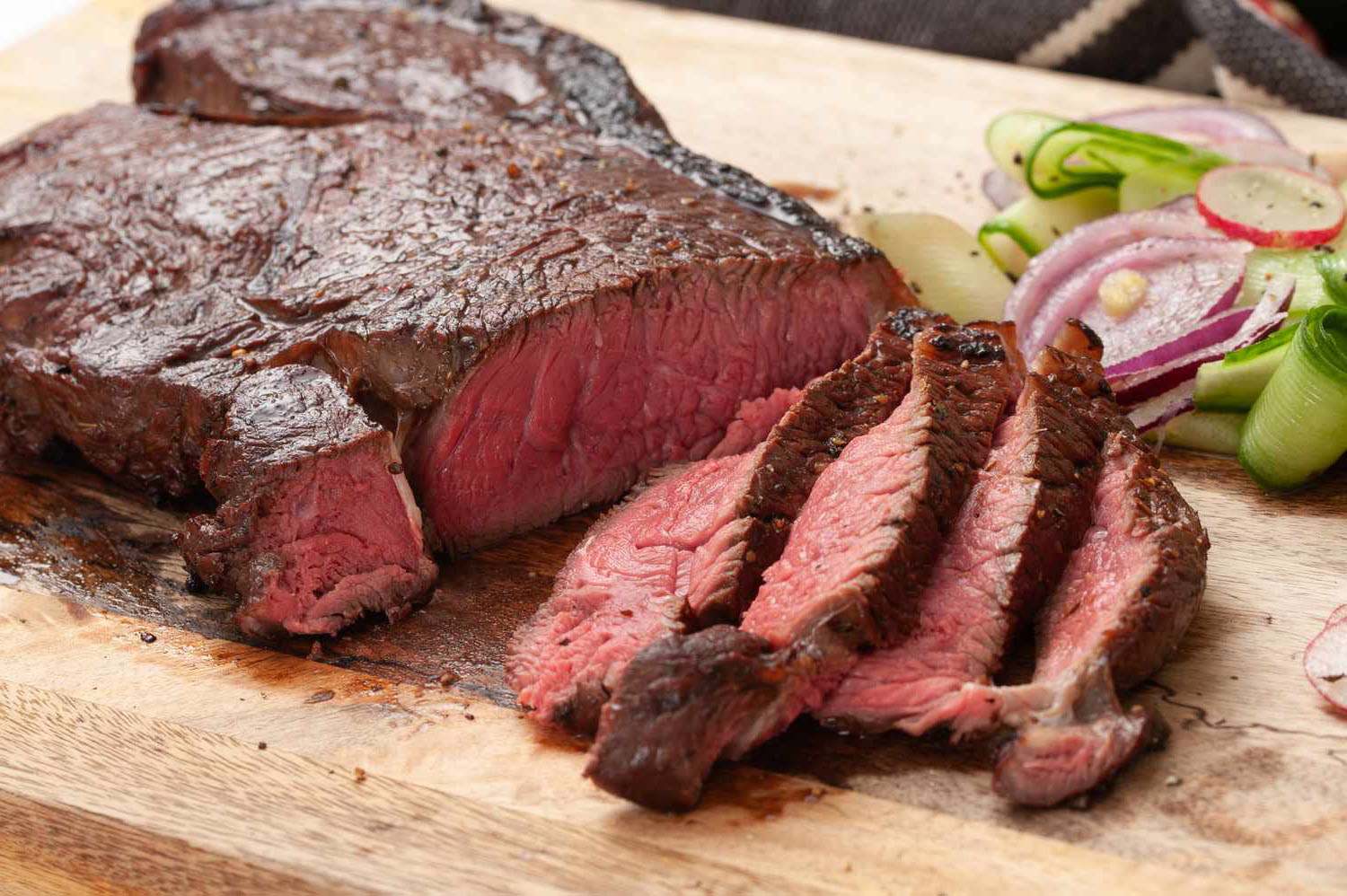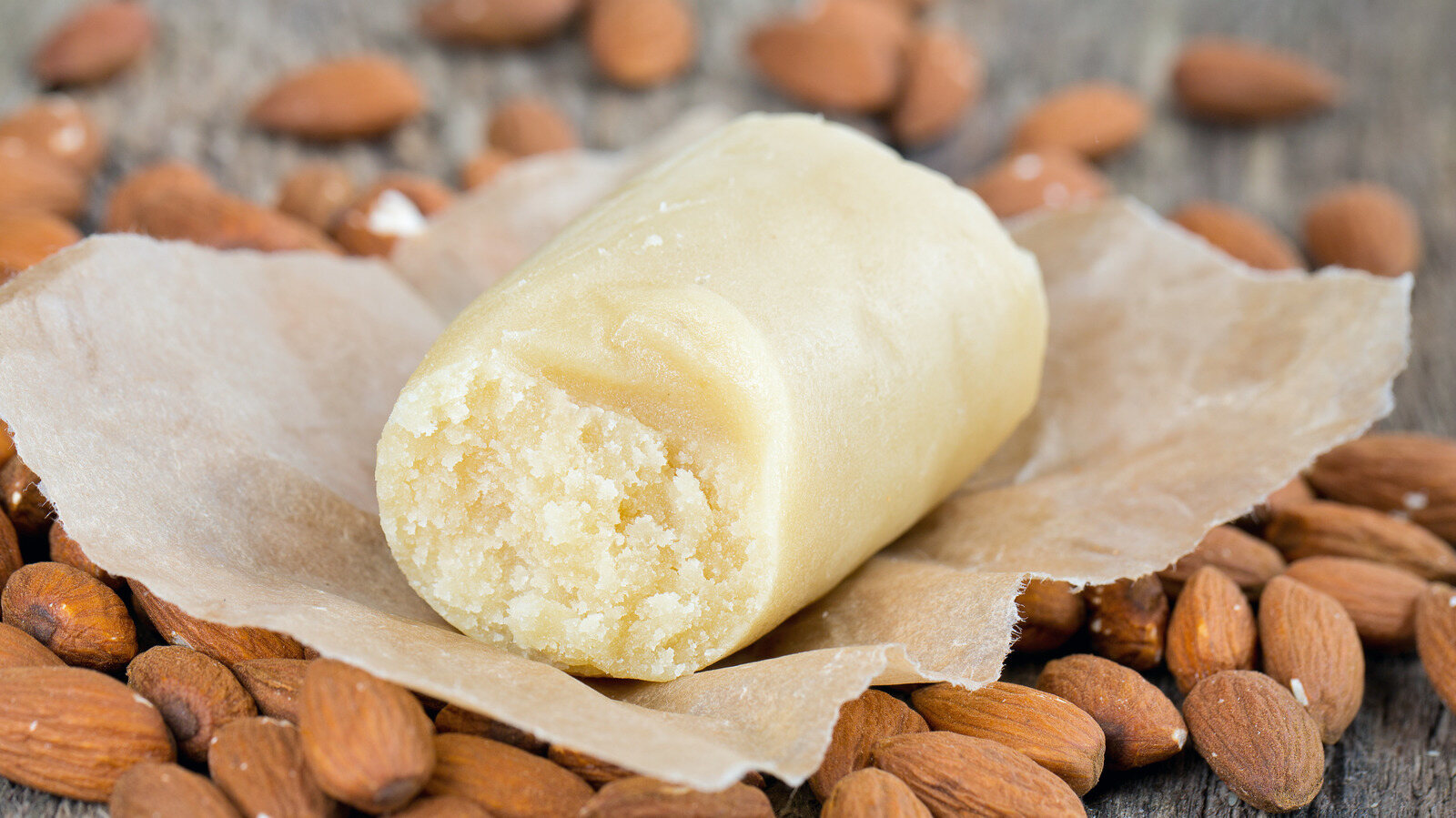Discovering the Delightful World of Granita
Have you ever heard of a granita? If not, you’re in for a treat! Granita is a delightful frozen dessert that hails from Italy, and it’s the perfect way to cool down on a hot summer day. But what exactly is a granita, and how is it different from other frozen treats like sorbet or shaved ice? Let’s dive in and explore the wonderful world of granita.
What Is Granita?
Granita is a semi-frozen dessert made from a mixture of water, sugar, and flavorings. It has a texture that falls somewhere between a slushy and a sorbet, with a slightly coarse and crystalline consistency that makes it incredibly refreshing. The most common flavors of granita include lemon, coffee, and fruit flavors like strawberry and watermelon, but the possibilities are endless when it comes to creating new and exciting granita flavors.
How Is Granita Made?
The process of making granita is surprisingly simple. The basic recipe involves combining water, sugar, and your choice of flavorings, then freezing the mixture and periodically scraping it with a fork to create the characteristic icy texture. This process can be done by hand or with the help of a granita machine, which churns the mixture to create a light and fluffy texture.
Key Differences Between Granita and Other Frozen Treats
While granita may bear some resemblance to other frozen desserts like sorbet or shaved ice, there are a few key differences that set it apart:
- Texture: Granita has a slightly coarser texture compared to sorbet, giving it a unique mouthfeel that’s both icy and refreshing.
- Flavor intensity: Granita tends to have a more intense flavor compared to shaved ice, as the flavorings are mixed into the base rather than simply drizzled on top.
- Ingredients: Granita typically contains water, sugar, and flavorings, while sorbet is made with fruit puree and sugar, and shaved ice is simply ice shavings with flavored syrups.
Enjoying Granita
Granita is best enjoyed on a hot summer day, served in a chilled glass or bowl. It’s the perfect way to cool down and indulge in a sweet treat without feeling weighed down. You can also get creative with your granita by serving it with a dollop of whipped cream, a sprinkle of fresh fruit, or a drizzle of flavored syrup for an extra special touch.
Conclusion
Now that you know all about granita, it’s time to give this delightful frozen dessert a try. Whether you opt for a classic lemon granita or get adventurous with a unique flavor combination, you’re sure to love the refreshing taste and icy texture of this Italian treat. So, the next time you’re craving something sweet and refreshing, consider making or ordering a granita to satisfy your dessert cravings.
Happy granita-making!
Was this page helpful?
Read Next: What Is A Grey Goose Martini
